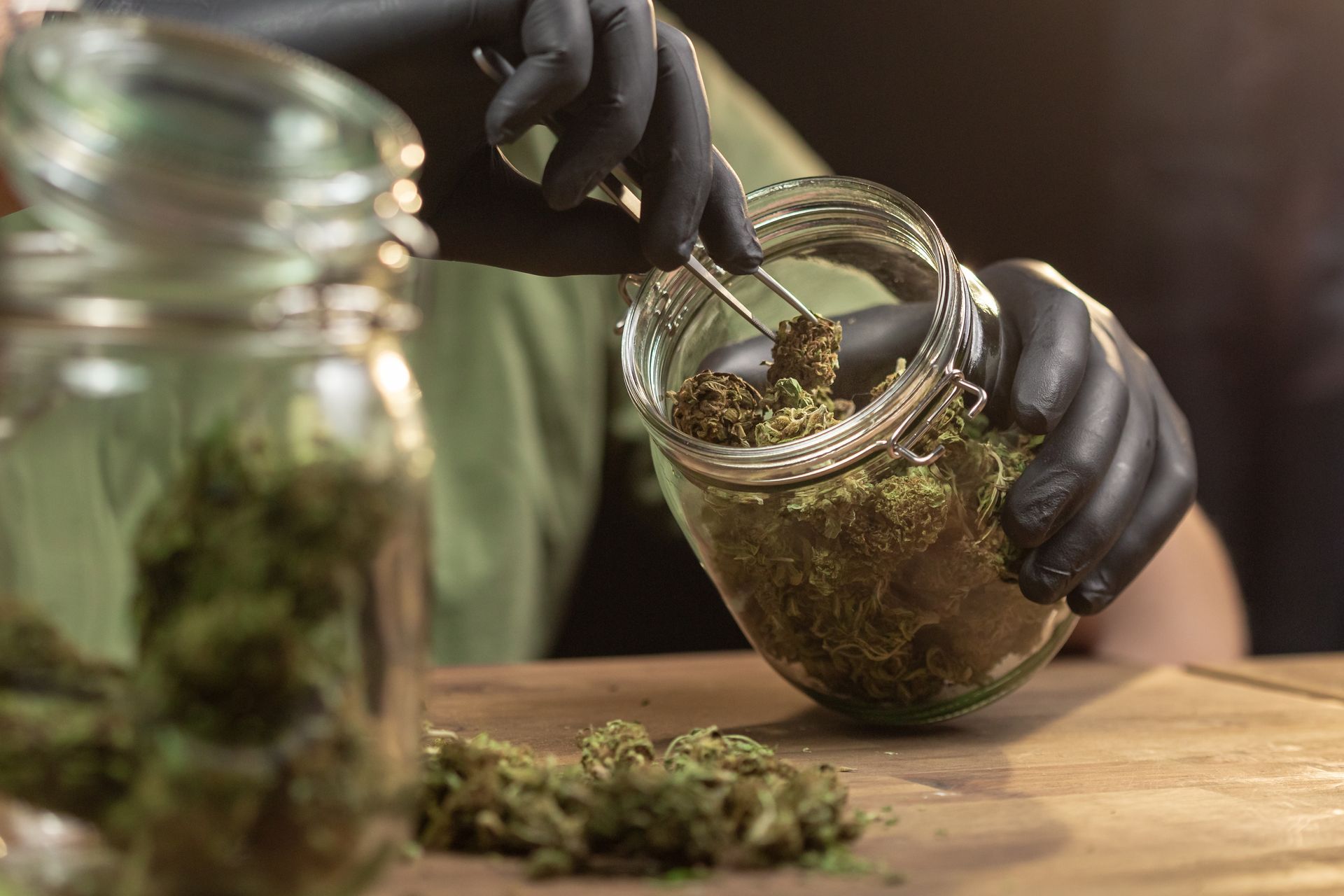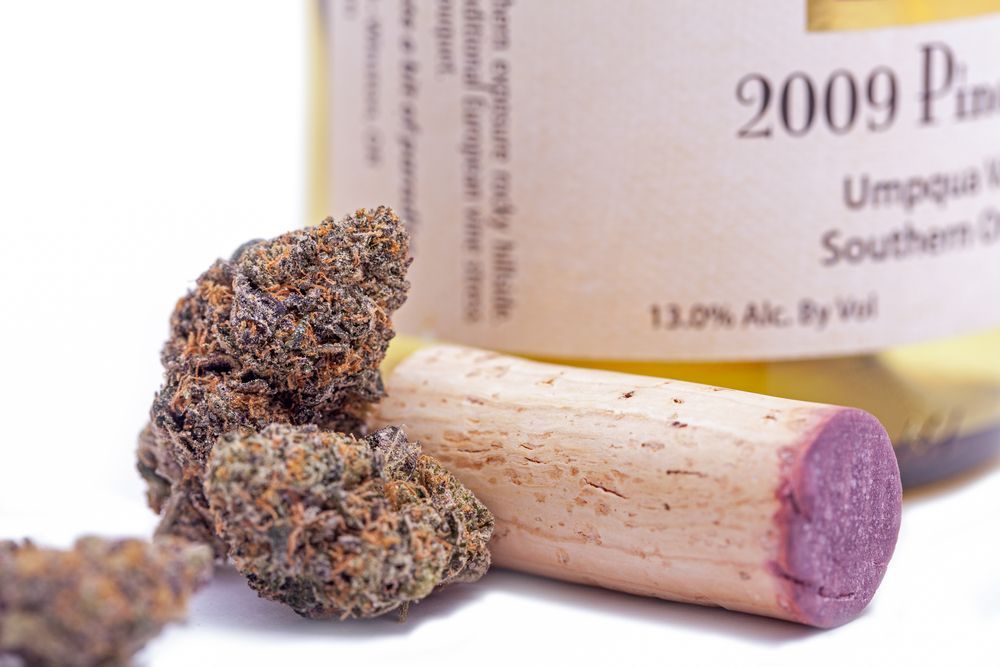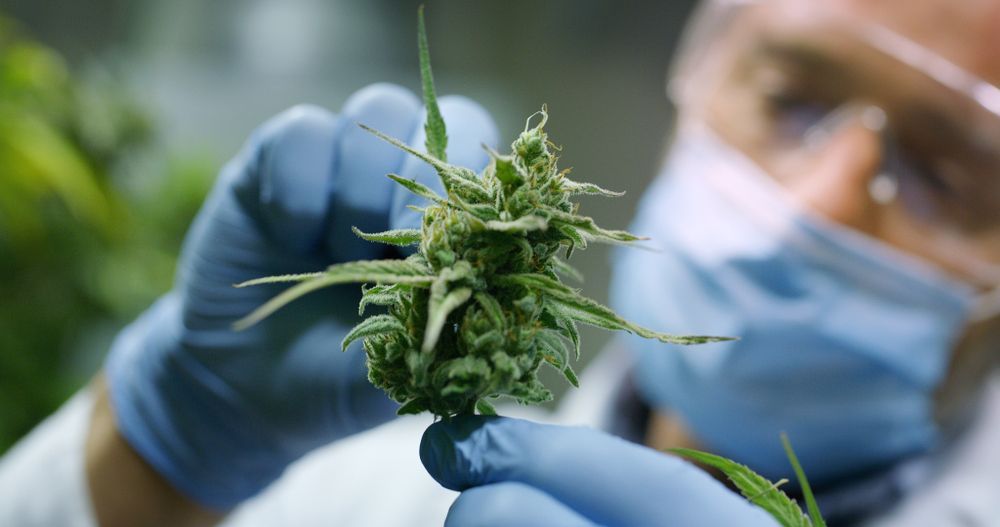Your Guide to Cannabis Extracts and Concentrates
Your Guide to Cannabis Extracts and Concentrates
What Are All These Cannabis Extracts and Concentrates?
Weed has evolved, and people have come up with some pretty ingenious ways to consume it. While you can still pick up dank sticky nugs to roll into a joint and smoke the old-fashioned way, new technologies have resulted in cannabis extracts and concentrates that bring out the inherent flavor of the flower and enhance the potency of the cannabinoids. The only problem is that there are so many different extracts to choose from and it’s hard to know exactly what you’re looking at when you find it.
To help you learn the differences between shatter, budder, rosin, and hash, we’ve put together this handy guide to demystify the world of cannabis extracts and concentrates so you know what you’re getting when you see it.
There are two main categories of extracts: solvent and solvent-free, with a lot of subtle variations.
Solvent Extracts
Live Resin
Live resin is created from whole plants that are cryogenically frozen after harvest instead of curing it to preserve the original terpenes that are usually lost during other drying and extraction processes. Both C02 and BHO extracts can be made using live resin.
Butane Hash Oil (BHO)
Butane Hash Oil or BHO is the most common type of solvent extract. It is made using an open- or closed-loop extraction process. Open-loop extraction is fairly dangerous both because the flammable gas is exposed and because it is released into the atmosphere after use. This method has been mostly discontinued due to the risks involved.
Closed-loop extractions use specialized extraction equipment to prevent explosive accidents. They also implement a vacuum oven to help evaporate and remove the butane. This keeps the flammable gas contained while also ensuring it’s completely removed from the resulting product and distilled for later reuse.
CO2 oil
CO2 oil is so named because it is made from a supercritical fluid extraction process using liquid CO2. With the application of high pressure and heat, the substances involved achieve a state where they don’t have distinct liquid and gas phases. The extract is removed from the plant matter by boiling the CO2 liquid in a pressurized separation vessel, collecting and condensing the vapor for reuse. CO2 extraction is capable of extracting THCa, CBD, CBG, and THCv in addition to standard ∂-9 THC, as well as the terpenes that give a strain its distinct flavor.
Shatter
Shatter refers to a type of BHO or CO2 extract distinguished by its translucent appearance and snappable structure. The reason it is so clear is that unlike budder, honeycomb wax, and crumble, shatter is not agitated during the heating process. The result is brittle like candy, making it easy to snap off the right amount for a dab.
Honeycomb
Honeycomb wax is made just like shatter, with one more step. After the concentrate has been processed using the butane hash oil, it is purged in a vacuum chamber. Escaping bubbles are what give honeycomb its unique texture. Honeycomb is easy to break apart into small, dabbable pieces.
Crumble Wax
Crumble wax is also made with BHO or CO2 extraction methods, with another key difference in the process. At the end of the extraction, crumble is purged in a vacuum oven (just like honeycomb), but at a lower temperature and over a longer period of time. This dries out the extract, making it crumbly. Crumble is versatile and can be dabbed or treated like hash by adding it to a bowl or rolled it up in a joint with some flower.
Budder
Budder, badder, and batter are all terms that refer to different consistencies of the same kind of concentrate. Budder is like cake frosting, badder has a looser, stickier consistency closer to sauce. All three are made through the same BHO extraction process, but the resulting extract is whipped on a hot plate to achieve its smooth consistency. Budder is easy to dab and is best stored in a silicone container to keep it from sticking to the sides.
Rick Simpson Oil (RSO)
Rick Simpson Oil is a common preparation of THC oil that uses ethanol, grain alcohol or butane to extract the cannabinoids from crushed plant matter. After the alcohol has had the chance to evaporate (usually using a heat source), the resulting oil is siphoned into needle-less syringes to protect the oil from oxidation.
Solvent-Free Concentrates
While solvent concentrates are fairly safe, some people have concerns that there may be trace elements of the solvent used for extraction. This is why it’s so important for cannabis labs to test the resulting product for impurities. Fortunately, there are several solvent-free methods to extract the active compounds from cannabis that carry no such risk (although they still get tested by an accredited lab).
Kief
Kief is not really a concentrate. It consists of only the crystalline trichomes from ground cured flower. It’s easy enough to collect yourself using a grinder. Many four- or five-part grinders come with a kief collector. It accumulates like a powder that you can sprinkle into a joint or over a bowl to kick it up a notch, although it can also be pressed into a firm disk like hash.
Hash
Hash, like kief, is made only from trichomes. Hash can be made from cured flower (using the bubble bags method) or from fresh flower by rolling the leaves in your hands. Instead of using a fine metal mesh and relying on gravity, bubble hash is made with a series of bags that have finer and finer meshes to strain out the larger plant matter, then condensed using heat and pressure. Bubble bags consist of a series of filter bags with finer and finer meshes to separate the different sizes of trichome heads from the rest of the plant matter. Ice water makes these trichomes harder and less sticky to help them detach from the flower.
Rosin
Rosin is made from whole (or ground) cured cannabis flower, using heat and pressure. It’s a full plant extract, and while it is usually produced with specialized equipment, it can also be easily made at home by placing a nug in some parchment paper and squeezing it with a hair straightener for four to thirty seconds, until the rosin sticks to the paper. Wait for it to cool before scraping off the resulting product.
Distillate
Distillate is a post-extraction process that uses heat to purify the extract. It works by heating cannabis extract to the boiling point of the cannabinoids inside, then the vapor is collected and condensed, leaving the plant matter and any residual solvents behind. The only downside is that most terpenes don’t survive the high heat of the distillation process. Some producers are finding ways to reintroduce terpenes to the oil after distillation to improve flavor and effect. In either case, you’ll often find distillate in vaporizer cartridges.
What’s Your Favorite?
There are so many different kinds of cannabis extracts and concentrates that it can be overwhelming to try to keep them all in mind—at least at first. The best thing to do is to get familiar with them one or two at a time, until you have enough personal experience to distinguish the effects. You can bookmark this page as a quick reference guide while you choose what’s best for you. And remember, there’s nothing wrong with flower. It’s plentiful, it’s delicious, and there are a lot extracts you can make yourself.





